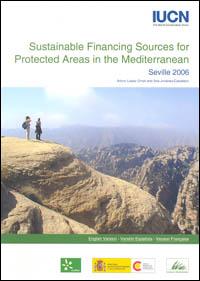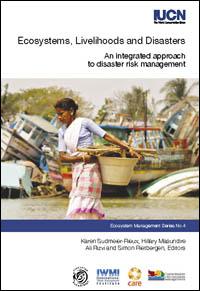Search: Oceania
-

 Publication 2006
Publication 2006Protected Areas in the Mediterranean significantly contribute to sustaining the economy of the region. Covering around 300,000 Km2, they provide freshwater flows, resources for hydropower, recreation and tourism, fisheries, biodiversity, and other ecosystem services. Regional assessments haveãÎ
-

 Publication 2006
Publication 2006The Framework for management effectiveness developed by the üСÜꪤüýò¢ˆ§Ý§Ã¿«üø°ÀøÝýË World Commission for Protected Areas was published in the first version of this Best Practice Guideline. It is further explained and interpreted, although not substantially altered, in this version. A number of key guidelines forãÎ
-

 Publication 2006
Publication 2006Judges play a critical role in the development, enforcement and compliance with environmental law. To showcase the role of the judiciary in upholding the rule of law, üСÜꪤüýò¢ˆ§Ý§Ã¿«üø°ÀøÝýË organized a ôJudiciary Dayô at its 2004 World Conservation Congress in Bangkok. This publication contains papers andãÎ
-

 Publication 2006
Publication 2006Vulnerability to natural disasters continues to increase, severely compromising the achievement of poverty alleviation goals in many developing countries. A more effective approach is needed to reduce the impacts of these disasters. This publication proposes an approach that integrates ecosystemãÎ
-

 Publication 2006
Publication 2006The Mediterranean-rim countries hold around 400 million people and 135 million of them live on the coast. A steady migration towards coastal areas, specifically in the south and east of the Mediterranean, is causing pressure on the coastal environment and, more importantly, on its biodiversity.ãÎ
-


-

 Publication 2006
Publication 2006How are decisions about water resources development made? This question is prompted by the continuing global interest in the final report from the World Commission on Dams (WCD), released in 2000, which offered seven strategic priorities as a framework to aid decision-making about large dams andãÎ
-


-


